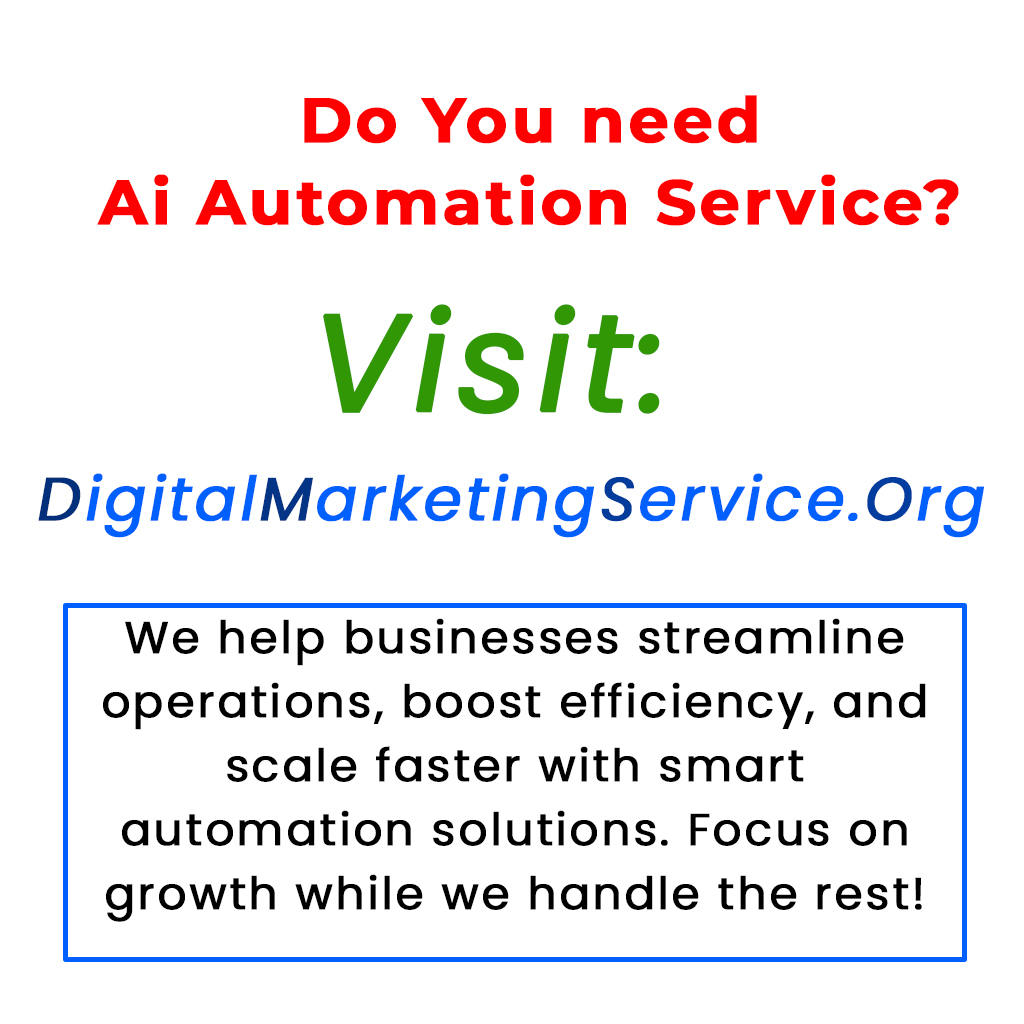Pieter Van Schalkwyk, the CEO of XMPro, discusses the importance of developing AI agents with responsible autonomy. He emphasizes that while a paper raises concerns about unbounded autonomy creating risks, it suggests the need for a more nuanced approach. Instead of banning autonomous systems, he advocates for “bounded autonomy,” where AI operates within defined limits to ensure safety and human oversight. XMPro has implemented a governance framework that combines computational policies, ethical principles, and expert guidelines, ensuring AI can function effectively while minimizing risks. Van Schalkwyk believes that the future of AI lies in structured independence, allowing efficient operations without compromising safety or human agency.
Recent discussions surrounding the development of AI agents have intensified after the release of a significant paper titled "Fully Autonomous AI Agents Should Not be Developed" by Mitchell et al. The paper raises crucial issues about risks associated with autonomous systems. As the CEO of XMPro, I have been closely involved in developing Multi-Agent Generative Systems (MAGS) and addressing these challenges alongside expert Gavin Green.
The key takeaway from this paper is that unrestricted autonomy creates considerable risks, not only for AI but also in complex systems in general. However, banning autonomous systems altogether is not the right solution. Instead, we should consider a more measured approach to autonomy, what I call "bounded autonomy," where systems operate independently but within defined constraints.
Just like in human-operated settings such as nuclear power plants, where operators have autonomy but adhere to strict technical and safety guidelines, AI systems should also function within safe boundaries. At XMPro, we’ve built a governance framework that balances autonomy and safety, using three main pillars:
- Computational Policies: These define clear rules of what agents can and cannot do, similar to the safety features in machinery.
- Deontic Principles: These ethical frameworks guide agent decisions based on relationships of obligations and permissions.
- Expert System Rules: This represents human expertise in a structured way, guiding agents in specific scenarios.
Furthermore, effective human oversight is essential. We must ensure that agent actions are transparent, their decision-making processes clear, and humans have the ability to intervene when necessary.
At XMPro, our goal is to create AI agents that work efficiently while ensuring safety. We believe that the future of AI lies in structured independence within well-defined parameters. This approach not only addresses safety concerns but also enhances operational effectiveness.
As we navigate these discussions and implement our governance frameworks, we invite industry experts and interested parties to engage with us. Together, we can shape a future where AI agents are both powerful and trustworthy, promoting responsible development in the field of industrial AI.
Tags: AI Agents, Bounded Autonomy, XMPro, Safe AI Development, Industrial Automation
What is bounded autonomy in AI?
Bounded autonomy refers to a type of artificial intelligence where the AI has some degree of independence but operates within specific limits or controls. This means it can make decisions but must follow preset guidelines, making it safer and more predictable.
Why is bounded autonomy important for AI?
Bounded autonomy is important because it helps address fears about fully autonomous AI making decisions without human oversight. With limits in place, it’s easier to ensure that AI behaves responsibly and aligns with human values.
How does bounded autonomy address risks associated with AI?
By setting boundaries on how AI can act, we can minimize risks. For instance, if an AI system knows it can only operate within certain parameters, it reduces the chances of harmful or unexpected actions.
Can bounded autonomy make AI more reliable and trustworthy?
Yes, bounded autonomy enhances reliability. It allows AI to make decisions swiftly while ensuring those decisions are consistent with human intentions. This builds trust as people can feel more secure knowing AI won’t go beyond its set rules.
What are some examples of bounded autonomy in real life?
Examples include self-driving cars that follow traffic laws, or smart assistants that recommend but do not make final decisions. These systems demonstrate how AI can be helpful while still being controlled within safe limits.






